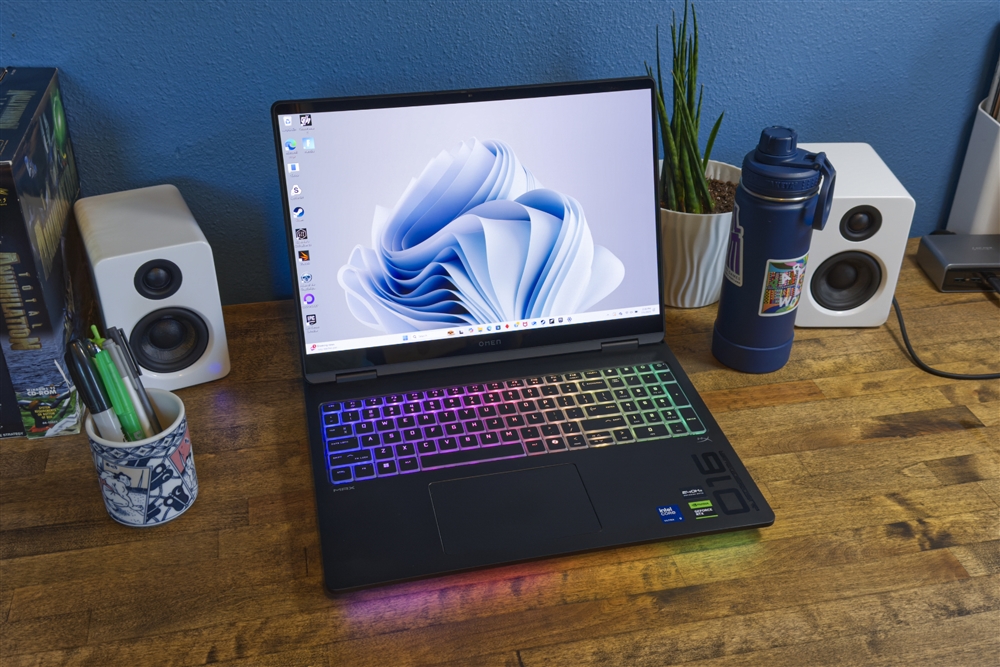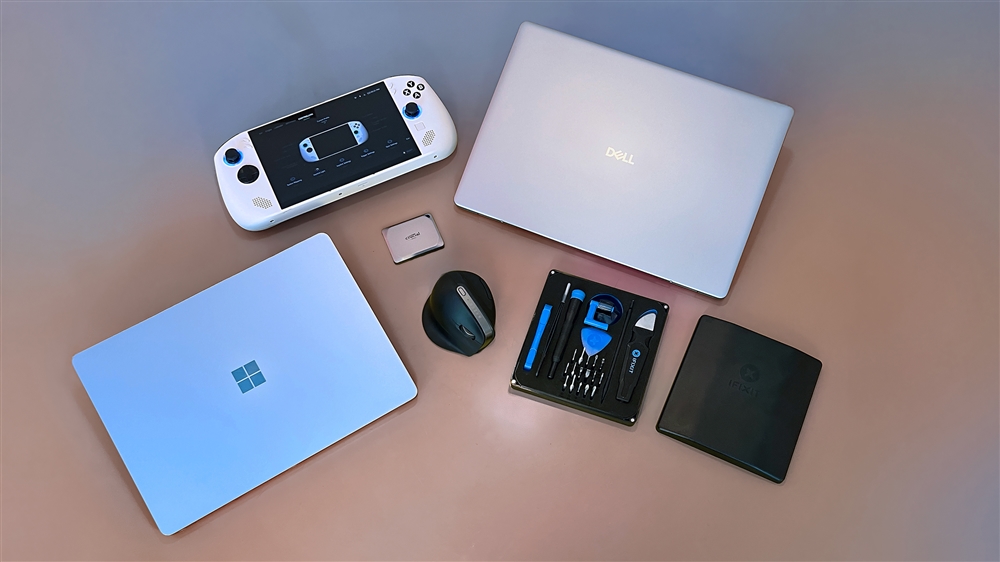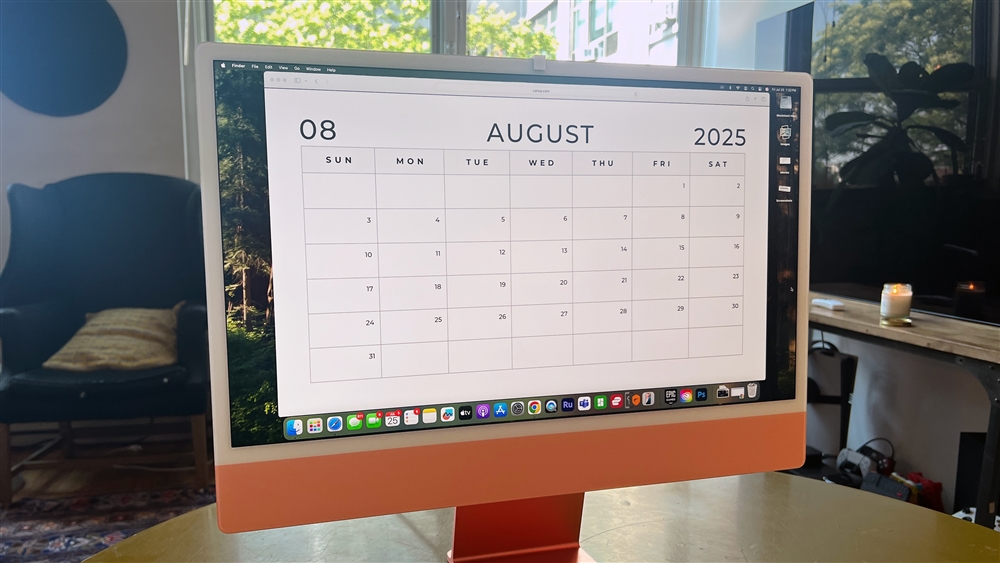How to Upgrade a Gaming PC to the NVIDIA 5070 Ti
Plus, one key thing I learned when swapping the MSI Gaming Trio RTX 5070 Ti GPU into my desktop.PC Build Guides
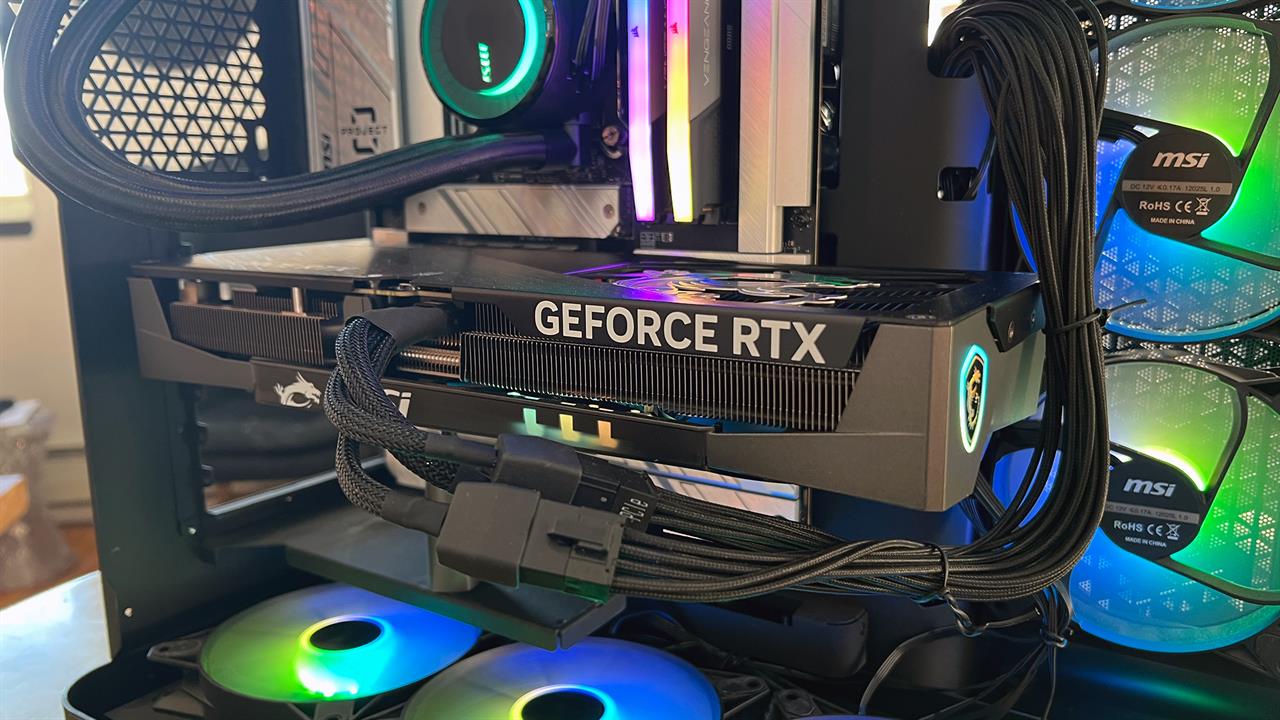
Photo: Dan Ackerman
The new RTX 5070 Ti might be the price-to-performance champ in the new 50 Series from NVIDIA. At prices ranging from around $750-$1,100, it's less than the higher-end 5080 and 5090 GPUs, but still supports DLSS 4 for AI-powered frame generation. And it has 16GB of VRAM, vs 12GB in the standard RTX 5070, coming in March.
I'm currently testing the MSI Gaming Trio OC Plus version of the 5070 Ti, and to make it easy to compare, I've swapped it into a desktop currently running a very similar MSI 4070 Ti Super GPU from 2024. This gives us good insight into generation-over-generation performance, even though most people will be upgrading from a couple of generations back, for example from a 3070 or earlier GPU.
My test bench includes an Intel Core i7-14700K CPU, 32GB of DDR5-6000 RAM, and an MSI Z790 motherboard. The new MSI Gaming Trio OC Plus has upgraded fans, a nickel-plated copper baseplate, and bios support for a low-noise silent mode.
When swapping in the 5070 Ti, the first thing I noticed was how much larger this card is than the 4070 Ti Super I'm replacing, going from 12 inches long by 4.5 inches wide to 13 inches long and 5 inches wide. That might not seem like a lot, but make sure you have room in your case. That's especially important because I had to connect the GPU to the motherboard directly, rather than using a riser cable that extends the PCIe slot in order to position the card vertically in the case.
Make the right connection
That's because Nvidia suggests not using a riser cable with the 50 Series cards right now, as the cards support PCIe 5.0 connectivity while many existing riser cables are designed for PCIe 4.0 standards, and that can lead to instability and crashes. That's exactly what happened to me when I first installed the 5070 Ti using the same riser cable and stand as the 4070 Ti Super that was in this system. The PC booted fine, but froze or crashed when launching 3D apps.
That added an extra troubleshooting step beyond just swapping the card out and updating the drivers. However, plugging the card directly into the motherboard fixed that and I was soon benchmarking away.
Below you'll find some gen-over-gen comparisons, and it's especially interesting to note that there's a nice boost in native rendering (NVIDIA sometimes calls it brute force rendering) but a really insane boost in frame rates when using the 4X frame generation supported by a growing list of games. For example, Cyberpunk 2077 went from around 155fps (Ray Tracing: Medium settings at 2,560x1,440 resolution) to 180fps, when both cards used the 2X frame generation setting. Turning on the 4X Frame Generation exclusive to the 50 Series, that score jumped to 320fps. Benchmark scores from 3D Mark also show a performance jump without relying on frame generation.
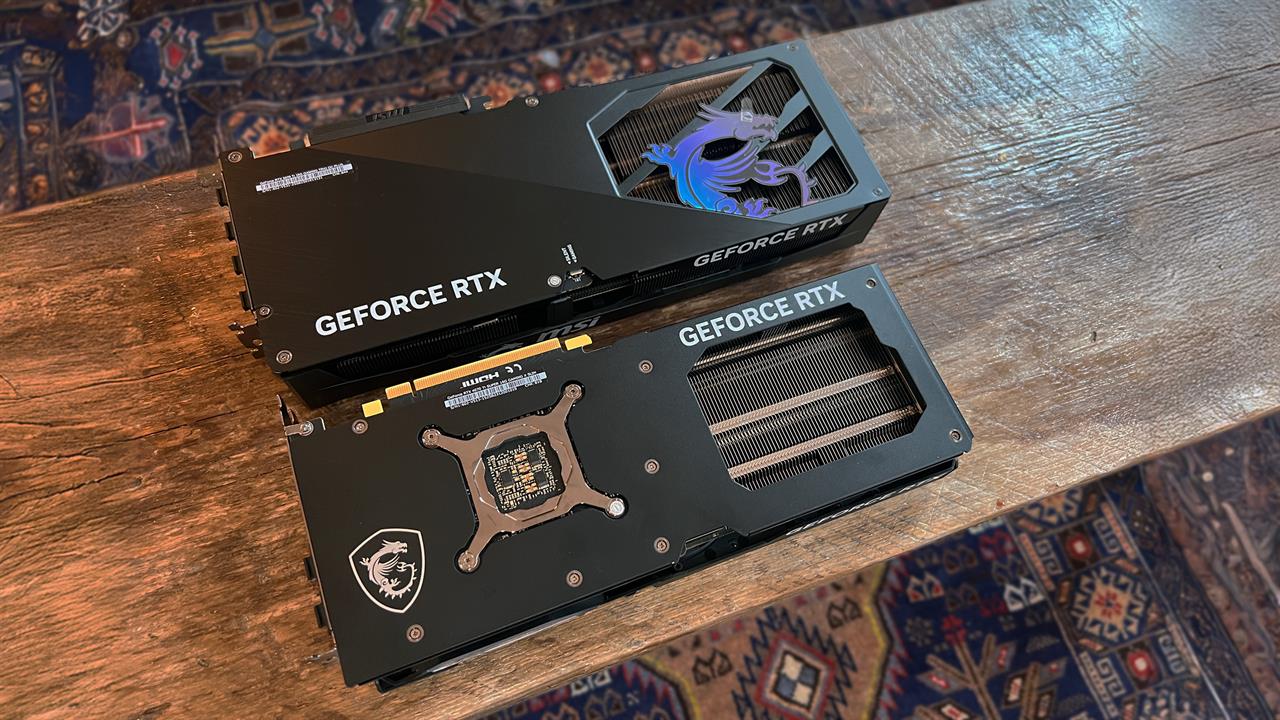
Top: MSI NVIDIA 5070 Ti; bottom: MSI NVIDIA 4070 Ti Super. Photo: Dan Ackerman
RTX 4070 Ti Super vs. RTX 5070 Ti Benchmarks
Synthetic Benchmarks
- 3DMark Port Royale
- RTX 4070 Ti Super: 15,500
- RTX 5070 Ti: 18,982
- 3DMark Time Spy Extreme
- RTX 4070 Ti Super: 11,345
- RTX 5070 Ti: 13,220
Gaming Performance (1440p)
- Cyberpunk 2077 (Ray Tracing Medium)
- RTX 4070 Ti Super: 155.4 FPS (2X Frame Generation)
- RTX 5070 Ti: 180.22 FPS (2X FG); 320.71 FPS (4X FG)
- Dying Light 2 (Ray Tracing High)
- RTX 4070 Ti Super: 176.5 FPS
- RTX 5070 Ti: 228.9 FPS
Test system specs:
Intel Intel Core i7-14700K; 32GB DDR5-6000 RAM; NVMe M.2 1TB; Windows 11 Pro. GPUs tested: MSI NVIDIA RTX 4070 Ti Super Gaming X Slim and MSI NVIDIA RTX 5070 Ti Gaming Trio Plus
More on NVIDIA 50-Series GPUs
- NVIDIA RTX 50-Series GPUs Kick Off CES 2025
- NVIDIA, Intel, AMD Boost AI With Latest Chips At CES
- Everything We've Seen at CES 2025: Laptops, All-In-Ones, GPUs, Handhelds, Monitors, and More
- Four Big PC Gaming Themes for 2025
- Trade in Your GPU Now and Be Ready for the Future of Gaming
Micro Center Editor-in-Chief Dan Ackerman is a veteran tech reporter and has served as Editor-in-Chief of Gizmodo and Editorial Director at CNET. He's been testing and reviewing laptops and other consumer tech for almost 20 years and is the author of The Tetris Effect, a Cold War history of the world's most influential video game. Contact Dan at dackerman@microcenter.com.




